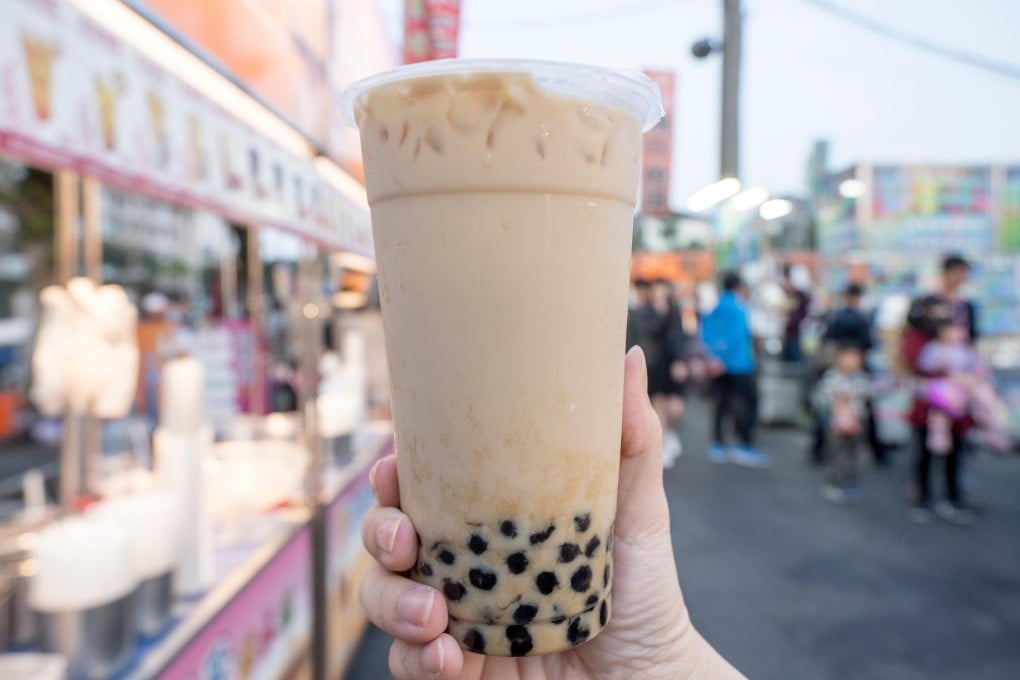Reflections | How ancient China took its tea: as a soup or with salt, tea-drinking traditions have evolved through the ages
Bubble tea has proliferated from Taiwan to Instagram feeds across the globe, but it is not the first example of a brewed beverage with added ingredients

Bubble tea shops are everywhere in Hong Kong. Near where I live, there are four peddling these sugary drinks along the same street, two of them next to each other! The beverage, which has found popularity beyond Asia, is usually served with chewy tapioca balls known as boba, a reference to the hefty bust of Hong Kong bombshell Amy Yip whose career was at its peak in the late 1980s and early 90s, the period when this diabetes-in-a-cup was created in Taiwan.
For about 800 years from the second century BC, tea leaves, which came in the form of compressed cakes, were “cooked” in a pot of water with ginger, scallions, jujubes, orange peel, mint leaves, and so on, to create a broth, and the ingredients eaten as one would a soup.
During the Sui and Tang dynasties (581–907), tea leaves were pulverised into powder – its descendant is Japanese matcha – and compressed into blocks. When preparing tea, a suitable amount was broken off from a block and added to a pot of boiling water until the tea was ready to be served. It may seem unusual to most of us now, but tea-drinkers of the Tang period (618-907) added salt, something the Tibetans still do when making yak butter tea.

The Song period (960–1279) saw a revolution in tea preparation. Instead of adding tea to boiling water and letting the mixture come to a second or third boil, the reverse was done: hot water was poured onto the powdered tea in a tea bowl. The mixture was then vigorously stirred with a bamboo whisk until it becomes a thick, frothy beverage. If this sounds familiar, it’s because this way of making tea forms the basis of the Japanese tea ceremony. After finding its way from Song-period China, what was intended as a way of enjoying a relaxing cuppa ossified over the centuries into a ritualistic performance with its own paraphernalia and cultural references.

